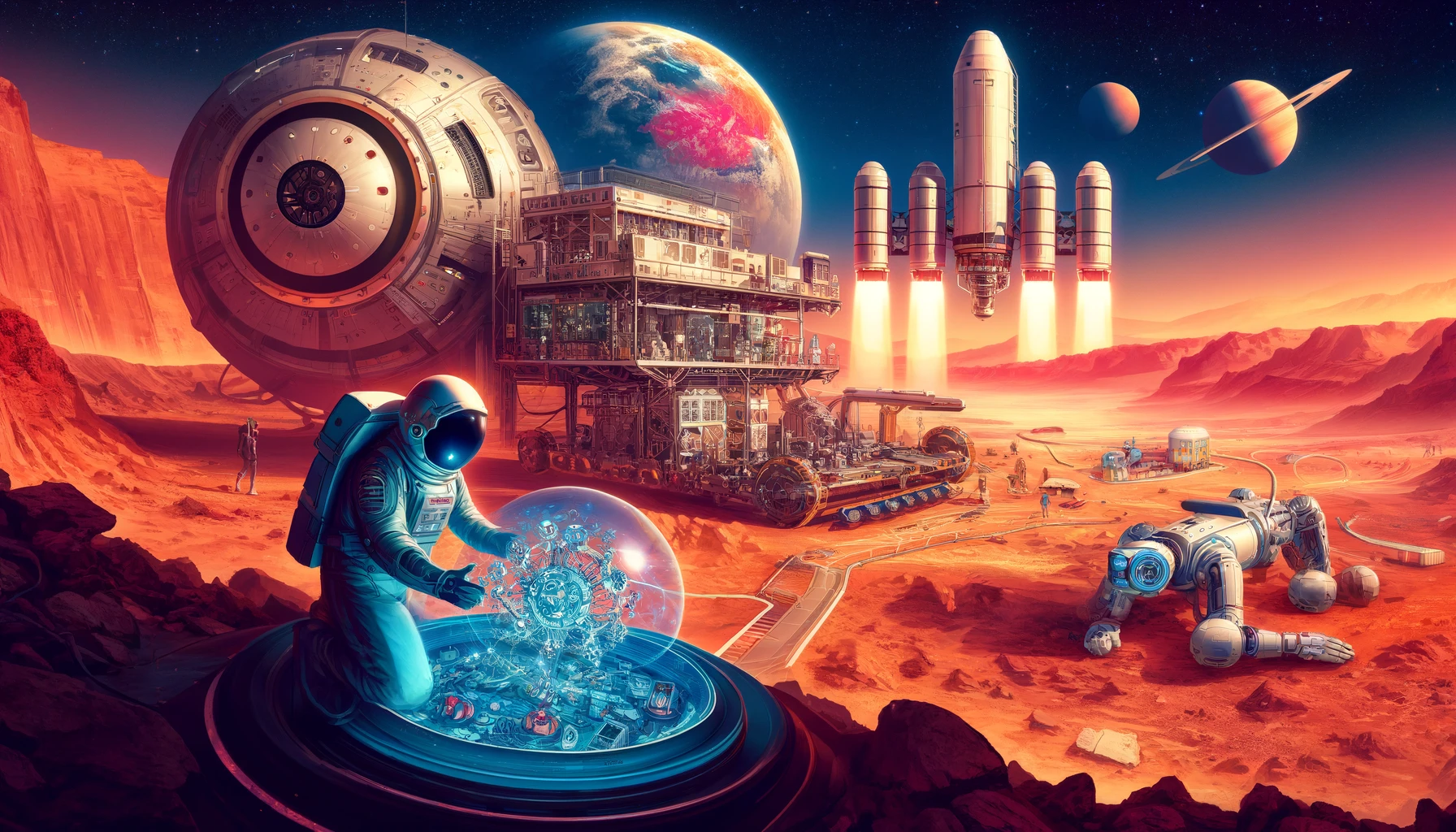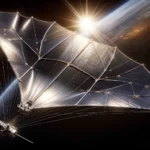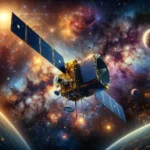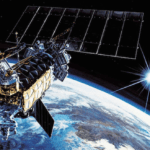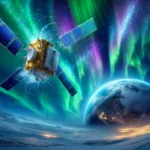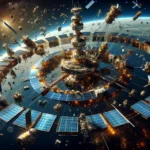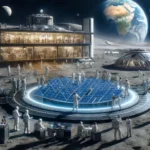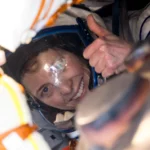“Discover how NASA is reshaping the future of space exploration with its revised national space technology development priorities. This article delves into the cutting-edge technologies being prioritized, from advanced propulsion systems to life support and robotics, essential for upcoming missions to Mars and beyond.”
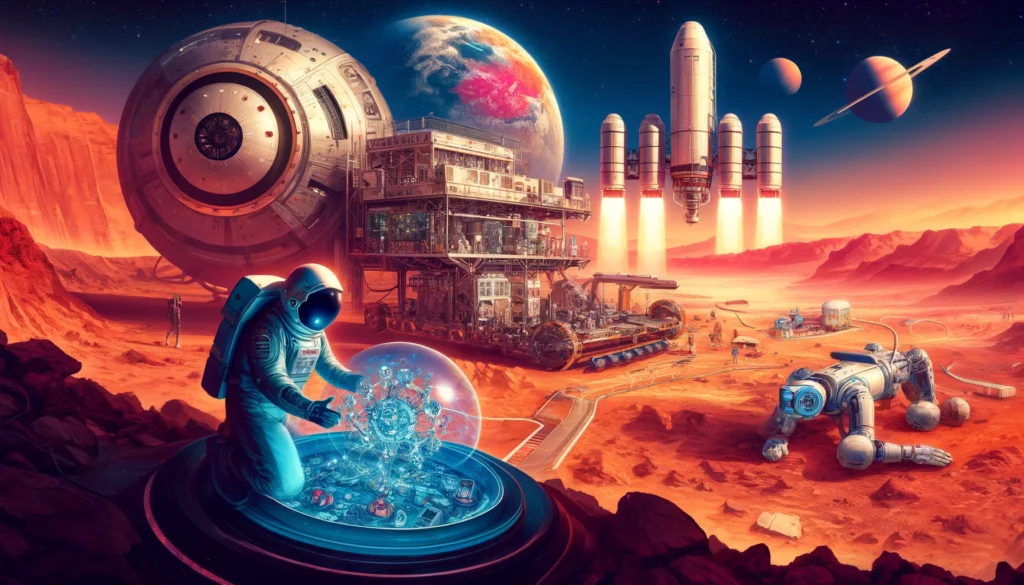
Introduction
In an era marked by rapid technological advancement and increasing global competition in space exploration, NASA has undertaken a strategic initiative to refine its national space technology development priorities. This initiative reflects a commitment to maintaining the United States’ leadership in space through the development of pioneering technologies that will enable future missions and ensure sustainable exploration of space.
Background: The Need for Updated Priorities
The landscape of space exploration is continuously evolving. As new challenges and opportunities arise, NASA recognizes the need to adapt its strategies to remain at the forefront of global space exploration. This includes the necessity for technological advancements that can support extended missions to the Moon, Mars, and beyond. Furthermore, the growing involvement of commercial space enterprises necessitates a revision in priorities to foster collaboration and leverage the innovations from private-sector partners.
Key Focus Areas in NASA’s Revised Strategy
NASA’s refined priorities for national space technology development encompass several key areas, each aimed at addressing specific challenges and capitalizing on potential opportunities. Here are the major focus areas outlined in NASA’s revised strategy:
- Propulsion Technology: Innovations in propulsion technology remain a top priority, as they are crucial for reducing travel time to distant celestial bodies and for carrying heavier payloads. Emphasis is being placed on developing more efficient, powerful, and sustainable propulsion systems, including nuclear propulsion which could revolutionize space travel by significantly reducing journey times to Mars.
- Habitat and Life Support Systems: As missions aim for longer durations, the need for sustainable habitat and life support systems becomes critical. NASA is prioritizing the development of technologies that ensure astronaut safety and well-being, including closed-loop life support systems that recycle air and water, and modular habitats that can be easily expanded or reconfigured as needed.
- Robotics and Automation: Robotics and autonomous systems are critical for the success of space missions, especially in environments hostile to human life. These technologies enable preliminary surface exploration, construction, and maintenance activities on other planets without direct human involvement. NASA is focusing on advanced robotics that can operate under extreme conditions and perform complex tasks autonomously.
- Communication Technologies: As missions reach farther into space, the need for robust, reliable communication technologies increases. NASA is working on next-generation communication systems, including laser communication (optical communication), which offers faster data transmission rates and improved efficiency compared to current radio-frequency systems.
- Human Health Technologies: Protecting astronaut health on long-duration spaceflights is paramount. This includes medical diagnostics and treatment technologies that are compact, lightweight, and capable of addressing a wide range of medical issues. Also, technologies that mitigate the harmful effects of space radiation and microgravity on the human body are being developed.
Implications for Future Missions
The advancements in these technology areas are not just pivotal for the success of future missions but also for the broader goal of making space travel more accessible and safer for humans. For instance, improvements in propulsion technologies could open up the possibility of interstellar travel, while advancements in life support and habitat systems are critical for the establishment of permanent human settlements on other planets.
Collaboration and Partnerships
To accelerate these developments, NASA is increasingly collaborating with international space agencies, research institutions, and private-sector companies. These partnerships are essential for sharing knowledge, reducing costs, and speeding up the development of new technologies. By combining resources and expertise, NASA and its partners can overcome significant technological hurdles more efficiently.
Conclusion
NASA’s strategic revision of its national space technology development priorities is a proactive measure to align with current and future demands of space exploration. By focusing on critical technology areas such as propulsion, life support systems, robotics, communication, and human health, NASA aims to ensure that the United States remains at the cutting edge of space exploration. These efforts not only promise to expand the frontiers of human knowledge but also to inspire future generations to look up at the stars and dream of what lies beyond.
This refined strategy marks a significant step forward in our quest to explore the unknown, demonstrating NASA’s ongoing commitment to pioneering the future in space and ensuring humanity’s role as spacefarers in the expansive cosmos.
Read More-
- NASA New Plan for Mars Sample Return Mission
- NASA New Lunar Time Zone: A Giant Leap for NASA and Global Space Collaboration
- Advancing Lunar Exploration: NASA Selects Three Companies for Artemis Rover Designs
- NASA TESS Mission Pauses for Vital Upgrades: Enhancing Exoplanet Discovery
